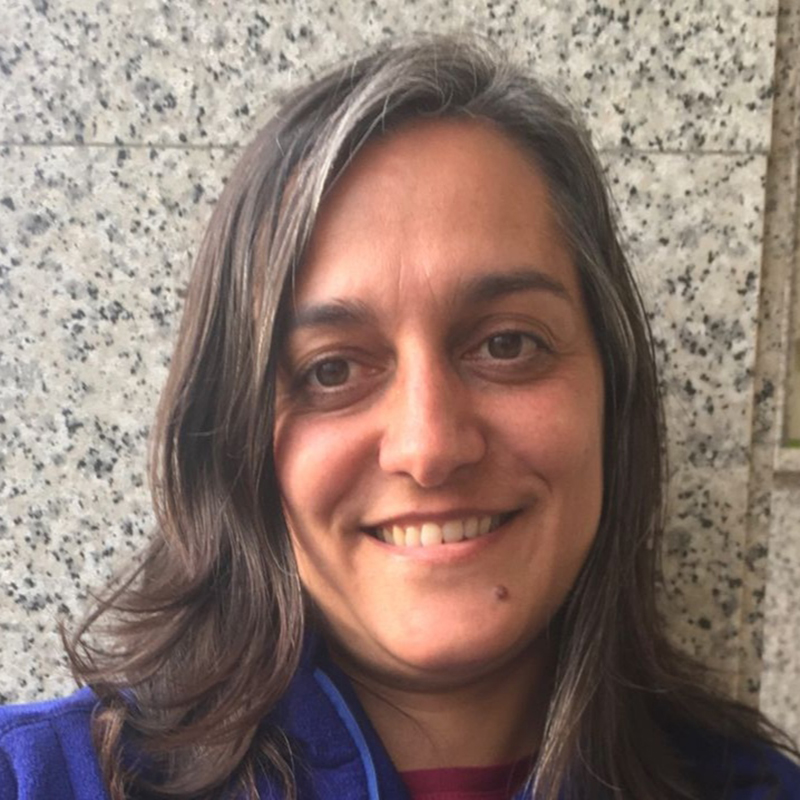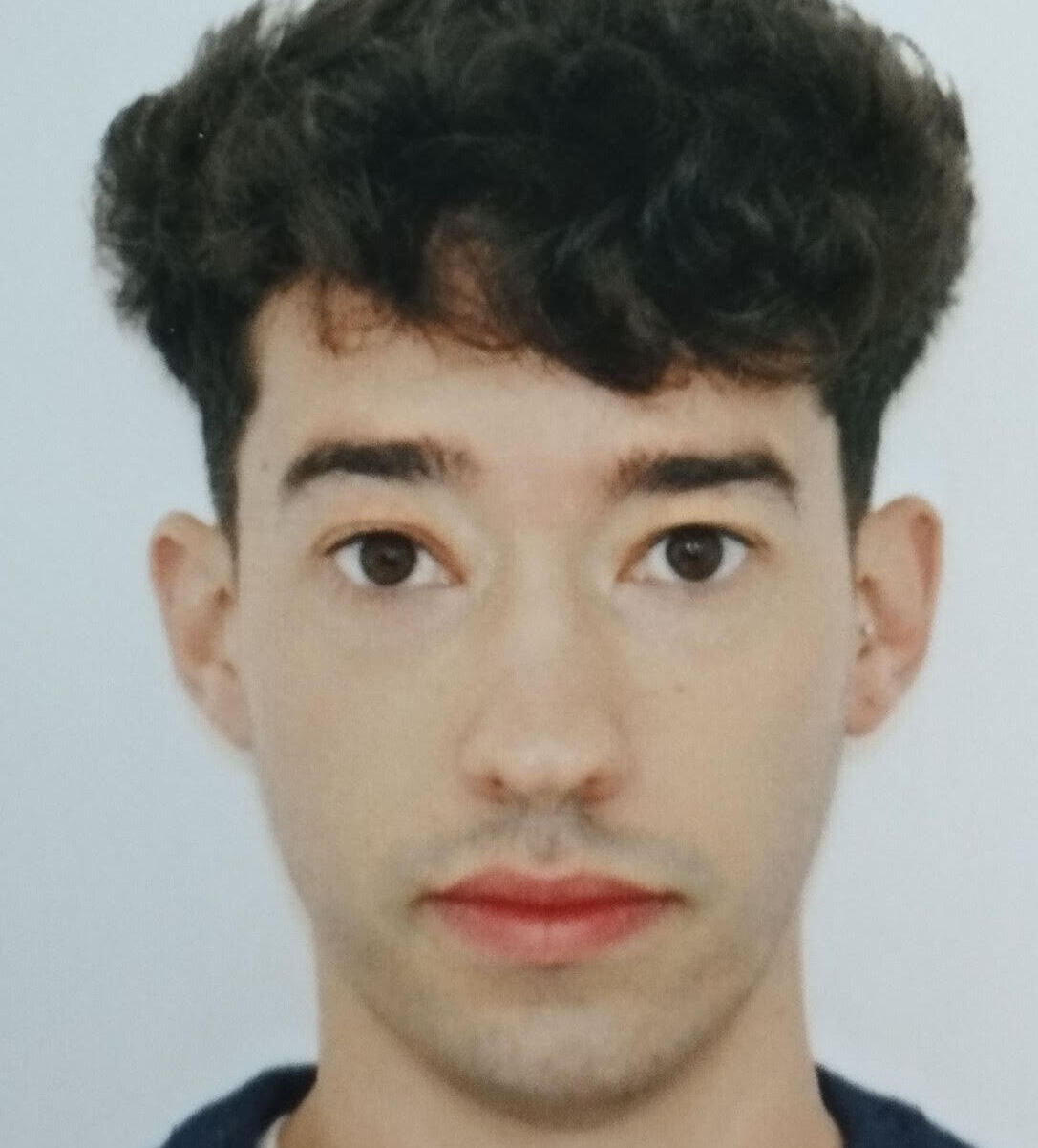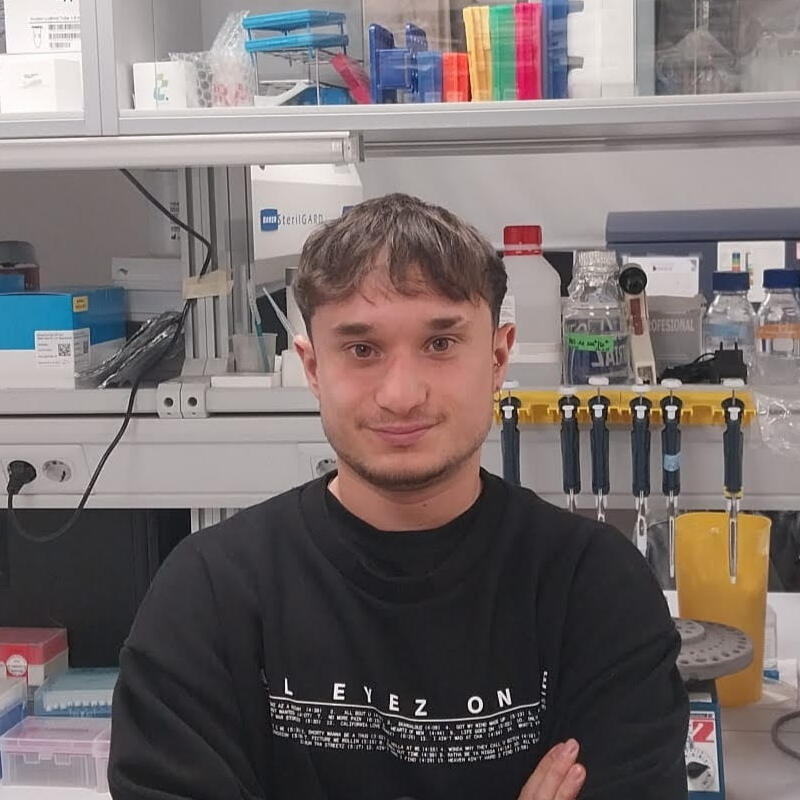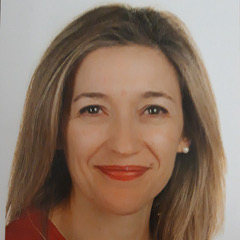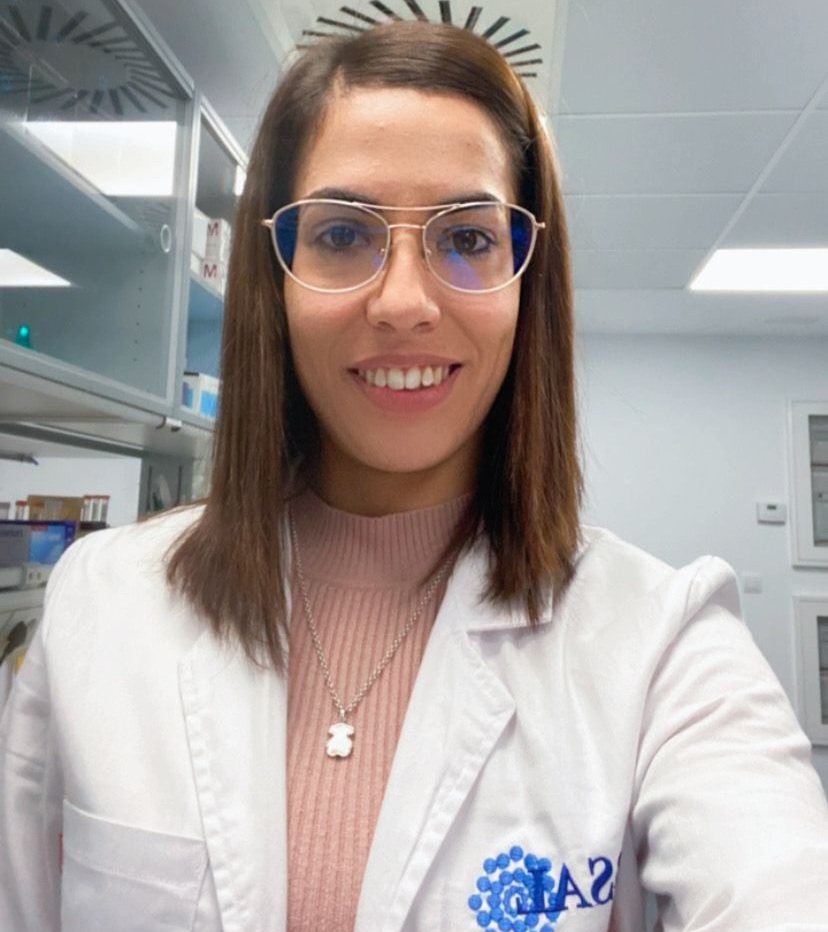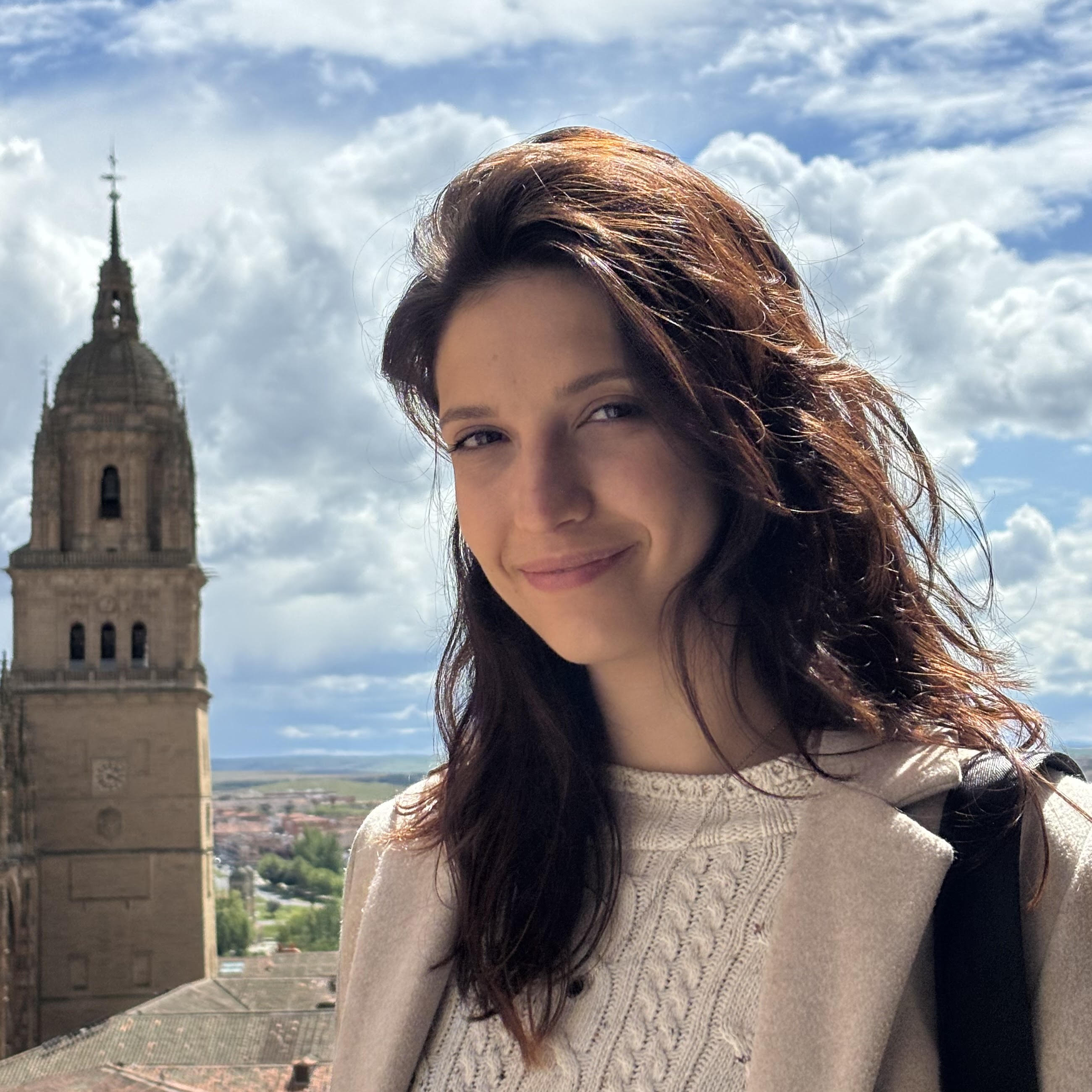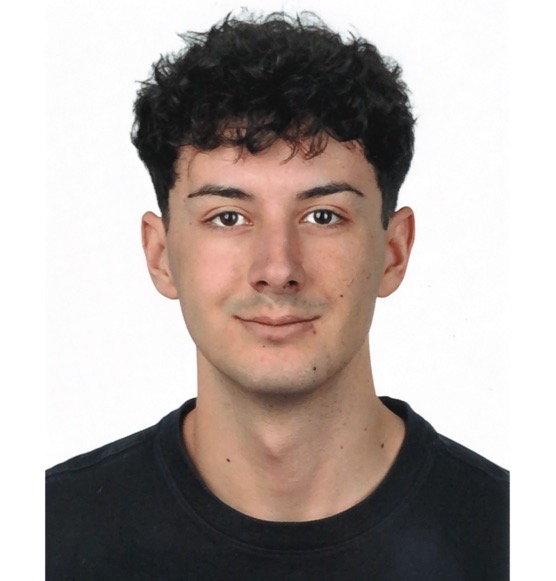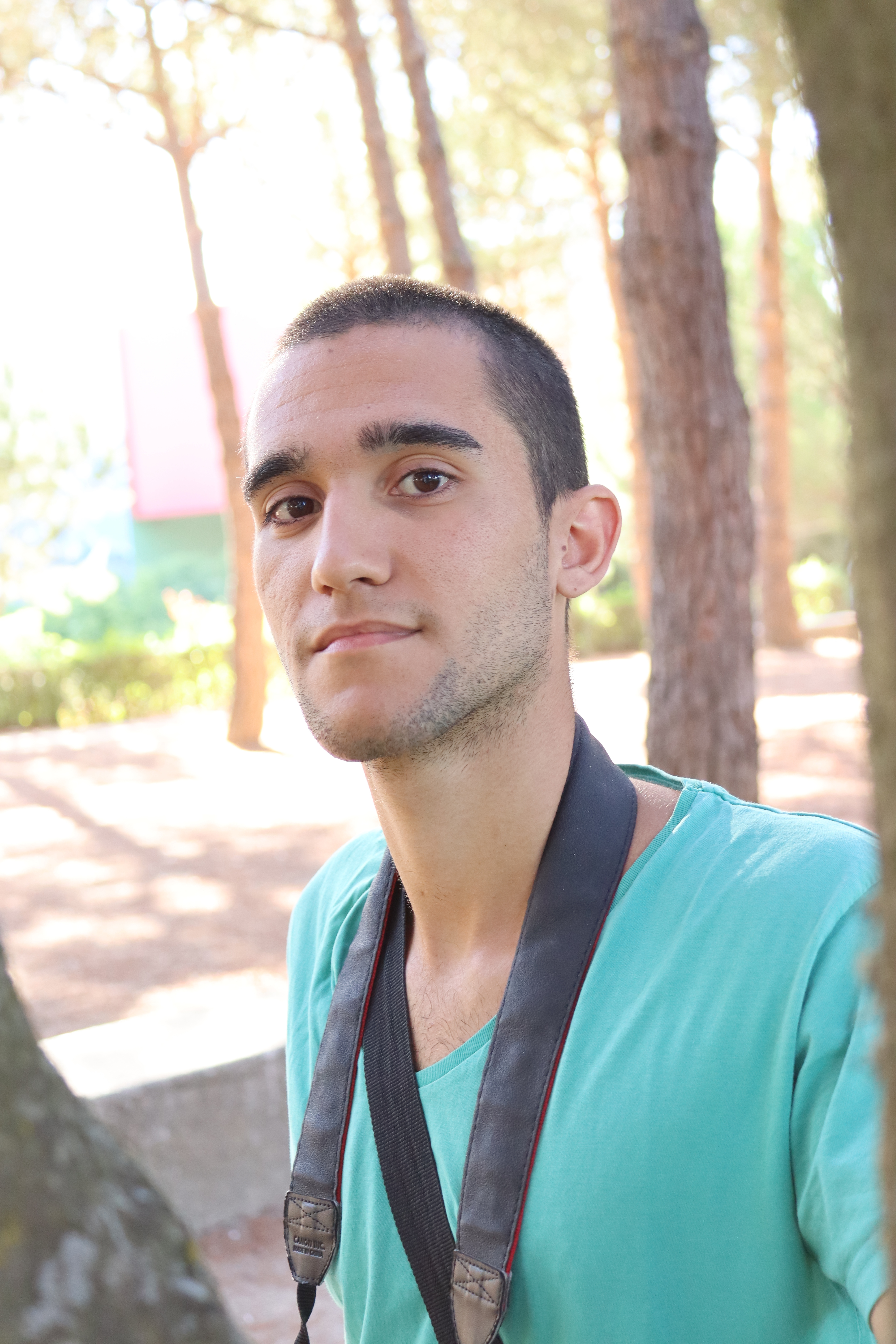Genetics in Oncohematology
The Molecular Genetics in OncoHematology group has an extensive experience on the comprehensive study and understanding of the genetic basis of haematological neoplasias using cytogenetic and molecular biology techniques, in order to translate these results to clinical and therapeutic applications.
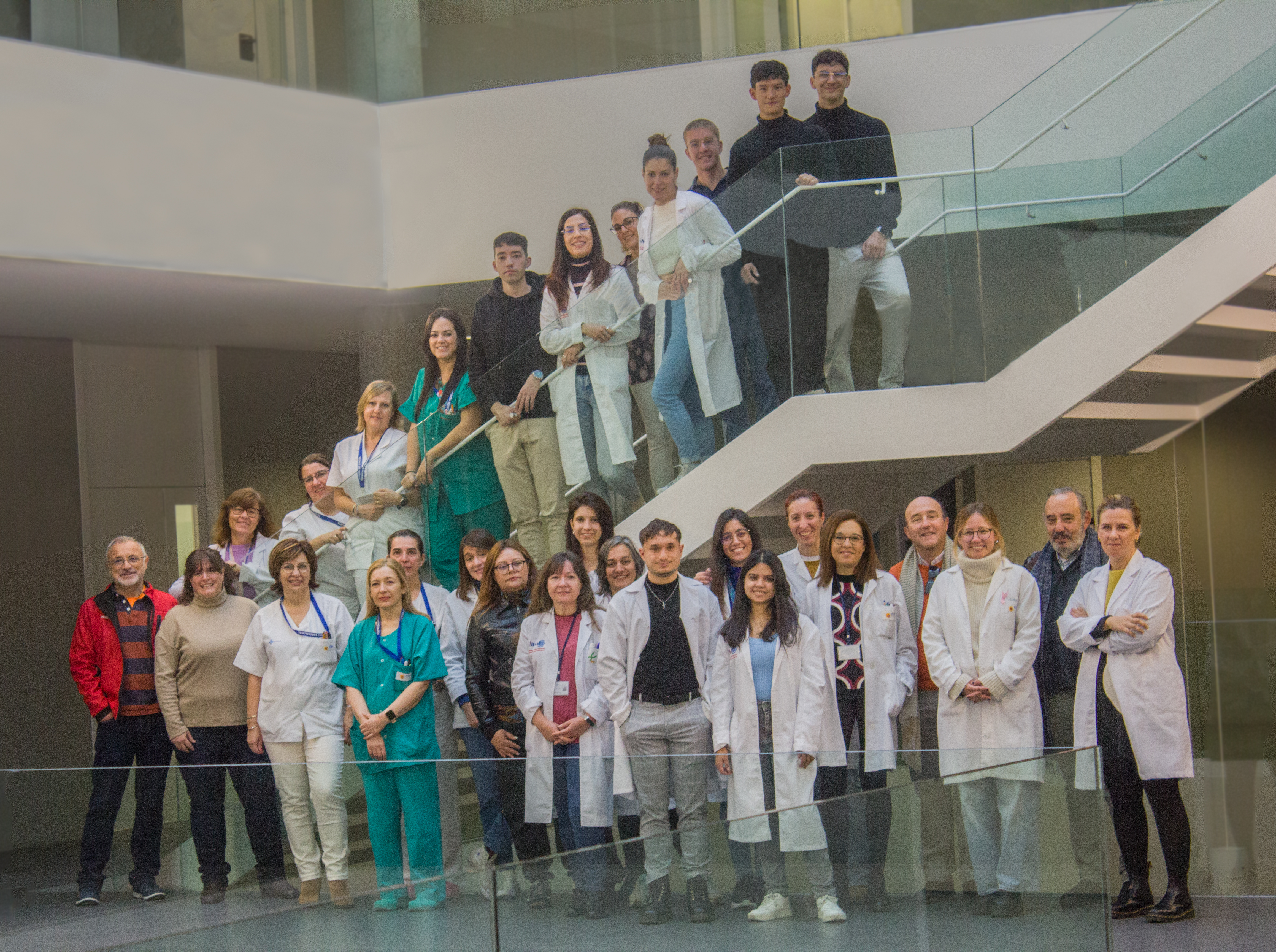
ABOUT US
Our group provides support on genetic testing through karyotypic analysis, fluorescence “in situ” hybridization, comparative genomic hybridization, microarrays and next generation sequencing of cancer patients, to more than 100 hospitals in Spain, and occasionally others from the EU.
We collaborate with the most relevant groups in the treatment of the hematological malignancies such as Pethema, GEL-TAMO, GEM or GETH providing technical support and the characterization of the genetic abnormalities in the patients included in clinical trials.
RESEARCH LINES
Our main lines of research are:
- Comprehensive genomic and epigenomic studies
- Gene Editing & Screening using CRISPR technology
- Pharmacogenomics of new drugs used in cancer therapy
- Big Data and Artificial Intelligence
- Solid tumour cytogenetics
We work on the determination of molecular markers with a diagnostic and prognostic interest, the identification of genetic mechanisms related to the pathogenesis of malignant haematological disorders, as well as towards the integration of genomic high-throughput technologies for the study of cancer.
Read MoreTEAM MEMBERS
FORMER TEAM MEMBERS
- Clara Cabrero Tejero, BSc Pharmacy
- Inmaculada Serramito Gómez, Biotechnology/PhD
- Miguel Quijada Álamo, Biotechnology/PhD
- Marta Martín Izquierdo, Biochemistry/PhD
- Jhonatan Matías Martín, IT Technician
- Sofía M. Toribio Castelló, Biotechnology/PhD
- Claudia Pérez Carretero, Biotechnology/PhD
- Juan Carlos Ortiz Ruiz, Administration
- Ignacio García-Tuñón Llanio, Biology/PhD
- Ana Marín Quílez, Biochemistry/PhD
- María Hernández Sánchez, Biotechnology/PhD
- David J Sanz San José, Biochemistry/PhD
- Teresa González Martínez, Biology/PhD
- Vanesa Gutiérrez Moreta, Laboratory Technician
PAPERS
Acute Promyelocytic Leukemia: Long-Term Outcomes from the HARMONY Project
Voso, M. T. et al.
Blood. 2024
TRAF3 alterations are frequent in del-3'IGH chronic lymphocytic leukemia patients and define a specific subgroup with adverse clinical features
Pérez-Carretero, C. et al.
Am J Hematol. 2022
SELECTED PROJECTS
CONTACT
Location:
Centro de Investigación del Cáncer
Hospital Clínico Universitario Salamanca
Edificio
Multiusos I+D+i Universidad de Salamanca
Call:
+34 923 294 720
+34 923 291 100
+34 923 294 400
Email:
citogenetica@usal.es
Join Us
We are always interested in meeting prospective post docs, pre docs, and students. If you are interested in joining us, please email your CV and letter of motivation to the email address provided. We look forward to hearing from you!
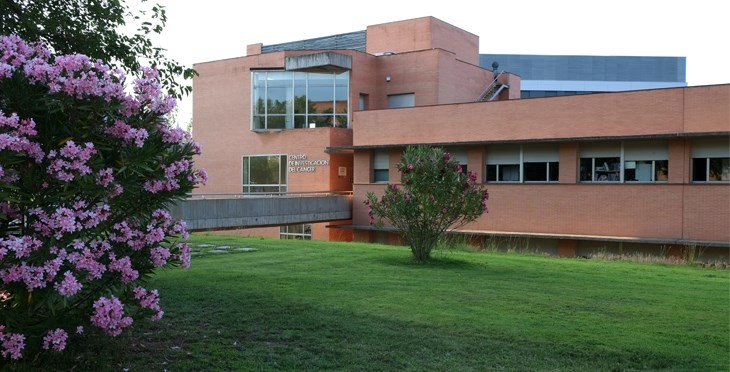
Centro de Investigación del Cáncer, Salamanca















